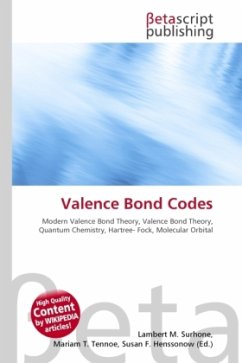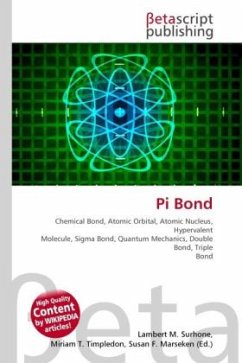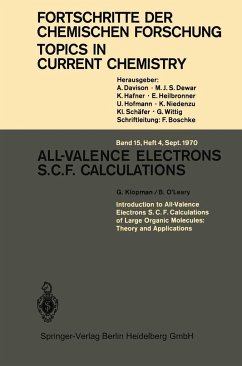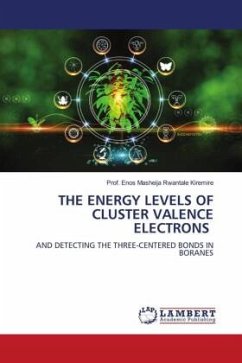
Valence Bond Codes
Versandkostenfrei!
Versandfertig in 6-10 Tagen
23,99 €
inkl. MwSt.

PAYBACK Punkte
12 °P sammeln!
High Quality Content by WIKIPEDIA articles! Modern valence bond theory is the term used to describe applications of valence bond theory with computer programs that are competitive in accuracy and economy with programs for the Hartree-Fock method and other molecular orbital based methods. The latter methods dominated quantum chemistry from the advent of digital computers because they were easier to program. The early popularity of valence bond methods thus declined. It is only recently that the programming of valence bond methods has improved. These developments are due to and described by Gerr...
High Quality Content by WIKIPEDIA articles! Modern valence bond theory is the term used to describe applications of valence bond theory with computer programs that are competitive in accuracy and economy with programs for the Hartree-Fock method and other molecular orbital based methods. The latter methods dominated quantum chemistry from the advent of digital computers because they were easier to program. The early popularity of valence bond methods thus declined. It is only recently that the programming of valence bond methods has improved. These developments are due to and described by Gerratt, Cooper, Karadakov and Raimondi (1997); Li and McWeeny (2002); Song, Mo, Zhang and Wu (2005); and Shaik and Hiberty (2004).In its simplest form the overlapping atomic orbitals are replaced by orbitals which are expanded as linear combinations of the atom-based basis functions. This expansion is optimized to give the lowest energy. This procedure gives good energies without including ionic structures.












